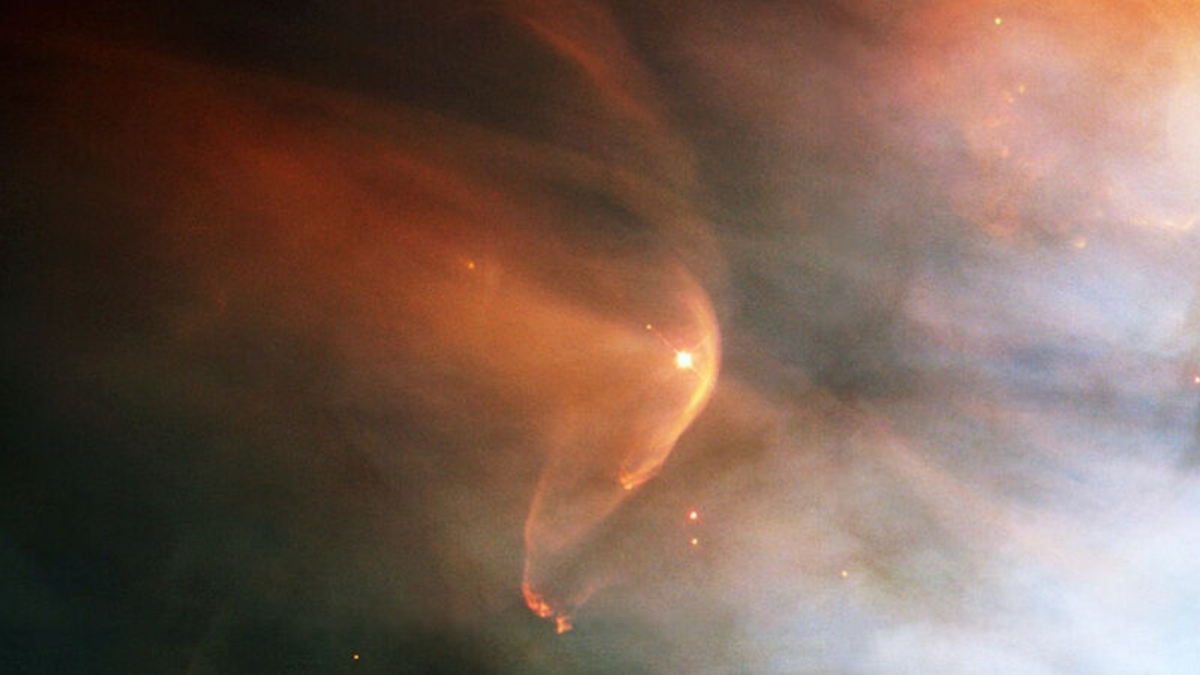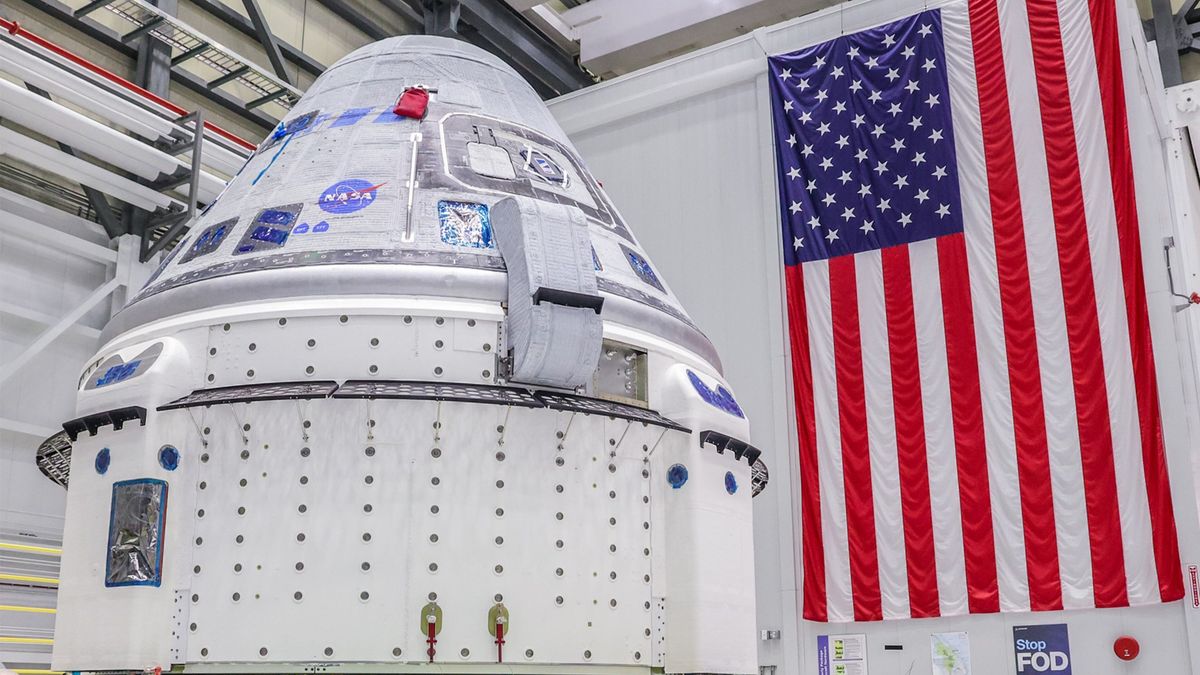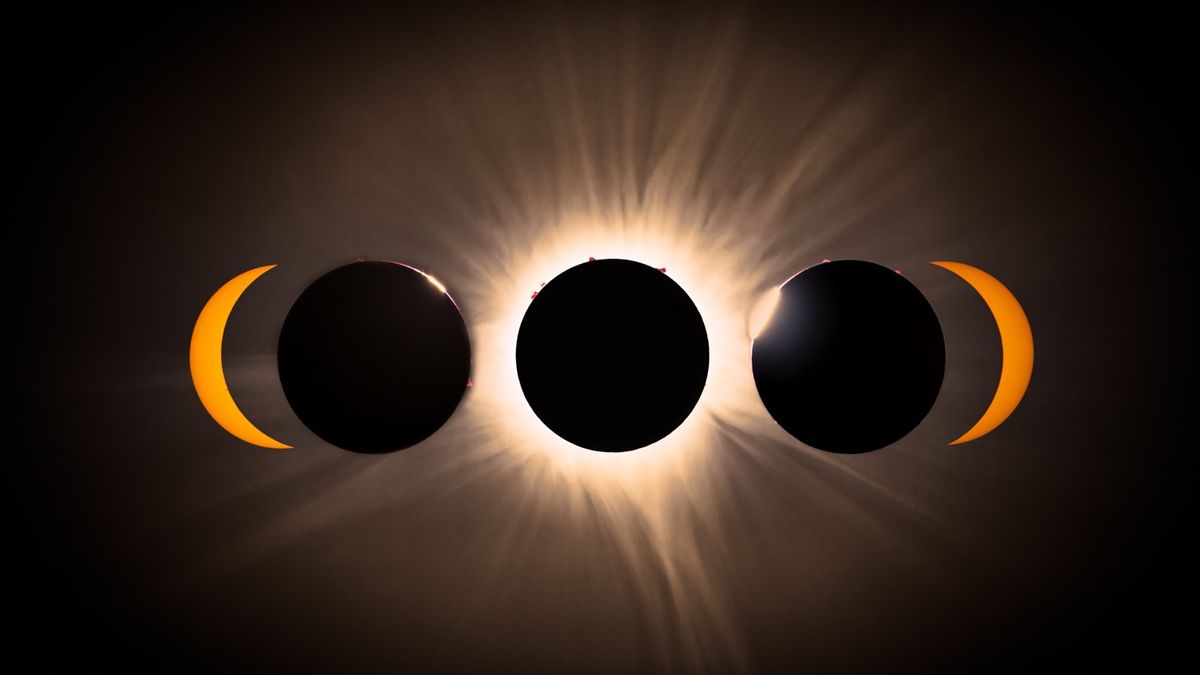Stellar Winds Detected from Sun-like Stars
A groundbreaking discovery has been made by astronomers who have successfully detected stellar winds emanating from three main-sequence stars that share similarities with our sun. This remarkable observation not only sheds light on the mass loss rates of these stars through their stellar winds, but also unveils the intricate dynamics of star systems.
Utilizing X-ray observations of a hot plasma bubble known as the “astrosphere” surrounding these star systems, the research team was able to determine the rapidity at which these stars lose mass through their stellar winds. The findings revealed a mass loss rate approximately 67 times faster than that of the sun’s solar winds. This remarkable feat was made possible by studying the X-rays emitted by the astrospheres, which are analogs to the heliosphere enveloping our solar system.
Implications for Planetary Evolution
Stellar winds play a crucial role not only in the evolution of star systems but also in shaping the atmospheres of planets orbiting these stars. These winds can lead to the erosion of planetary atmospheres over time, potentially transforming once inhabitable worlds into desolate, atmosphere-less objects drifting in space.
By studying these stellar winds, scientists aim to gain a deeper understanding of how planets evolve around sun-like stars. These observations can provide valuable insights into the habitability of exoplanetary systems and help identify planets with the potential to support life.
Challenges and Breakthroughs
Measuring the stellar winds of sun-like, main-sequence stars has long been a formidable challenge in astronomy. The faintness of the signals and the distance to these stars have posed significant obstacles in accurately studying their stellar winds. However, through innovative observations using the XMM-Newton space telescope, the research team was able to develop new algorithms to differentiate between stellar and astrospheric X-ray emissions.
These groundbreaking findings mark the first detection of X-ray charge exchange emission from the astrospheres of sun-like stars, providing a benchmark for stellar wind models and expanding observational evidence of stellar winds. The study revealed varying mass-loss rates among the stars studied, with 70 Ophiuchi losing mass at an astounding rate 67 times faster than the sun, epsilon Eridani losing mass 16 times faster, and 61 Cygni exhibiting a slower but still significant mass loss rate.
Unveiling the Magnetic Mysteries
The powerful stellar winds emanating from these sun-like stars are attributed to their robust magnetic activity, which surpasses that of our own sun. This discovery offers new insights into the magnetic dynamics of these stars and highlights the potential impact of stellar winds on their surrounding planets.
The research, published in the journal Nature Astronomy, represents a significant milestone in understanding the complex interplay between stellar winds, planetary evolution, and the broader dynamics of star systems. This pioneering work opens up new avenues for directly studying and imaging these winds, paving the way for further discoveries in the field of astrophysics.
Image/Photo credit: source url





